Different workshop related downloads are available:
The illustrated Walkthrough of PCB Production shows how I do it in my electronics lab since 2007. I heard of & tried the toner method years ago – but for a long time was less successful in reliably producing nice quality PCBs. I tried photo paper, telephone book paper, color pages of magazines, dextrin covered paper, the various catalogs of electronic supply companies. I tried different temperatures of the hot iron, higher & lower pressure. I tried different board cleaning methods, different chemicals, until I could cut “the chemicals” down to the etching agent & maybe isopropyl alcohol (a cheap vodka would do as well). Of the etchants I tried two: Ferrum-III-chloride (FeCl3) & sodium persulphate (NaS2O8) but want to try etching with copper-II-chloride (CuCl2) as an e-friendly closed cycle alternative. Now here is my recipe at the moment:
<- updated
My Website´s logo was inspired by a traffic sign I saw on the Belgian Autobahn some years ago. This little graphic adventure is some vectorgraphics work I did about signs for ice, frost & snow flakes & permutations thereof. If the “real” Belgian ice warning sign looks like I recall it, I could not verify despite devoting some effort to searching for it.
The long awaited reader reader for the CTM 2010 workshop, includes schematics & layouts of the shown circuits:
Here I made a quite useful table of SMD (SMT) component sizes:
Even when using SMD, from time to time we need to drill some holes for through-hole-connections. I searched the web to find a better way before I start electroplating. Instead of using little bits of wire I found a novel way, which at least for me is 10 times faster:
This is a short intro handout for successful circuitbending (auf deutsch) :
This is the handout from a workshop in xxxxx, Berlin, a VGA-monitor as wave display with new Arduino VGA-Sync code:
<- updated
In summer 2009 I had a discussion with a friend of mine Andrzej Wróblewski aka Bohomaz, stencil artist, about vector based pattern generation. This inspired me to do some visual studies in spirographics. Here you find some full resolution pdf – especially the first is a bit heavy in pdf rendering – but hey, it is A3 and easily can be printed out in A0 (all are Creative Commons 3.0 BY-NC-SA licensed):
This is the Schematic & PCB artwork for an STK4241 2x120W PowerAmp:
This is the Schematic & PCB artwork for a tiny LM4895 1W SMD PowerAmp (only chip + four 1µF caps!):
Today Sergio from Mexico found an old documentation of a sequencer I made in 2007 for Piksel Festival. It contained several small errors, so here is the updated version of this nice 8-Step-Sequencer. It is simple but yet has some extra features. With a 150ohms resistor as current limiter. the sequencer can drive up to 20 milliamps to give pulsed electricity to filter circuits or toys.
Give it a try! Please NO commercialisation – especially of the gate circuit, which really works despite being so simple. Contact me if you need a custom extended version, there are several more astonishing tricks..
Here is a simple Parallel Port Programmer for Atmega Microcontrollers (Schematic & PCB):
KiCad-Tutorial – KiCad is an open source software suite for electronic design automation (EDA) – designing schematics of electronic circuits and printed circuit boards (PCB). KiCad is developed by Jean-Pierre Charras, and features an integrated environment with schematic capture, bill of materials list, and PCB layout.:
A Triac Tester – Had to work on a dimmer pack recently, I used & want to share this:
Bat Detector – This thing works using only one chip, still EXPERIMENTAL:
Making your Life as an Artist – An eBook by Andrew Simonet, worth reading from about page 50 on:
Soldering is Easy! – A comic eBook by Mitch Altman, how to solder:
The WoodenBox– contains a SNU (Special Noise Unit), Seq8 (sequencer) & FM-Transmitters:
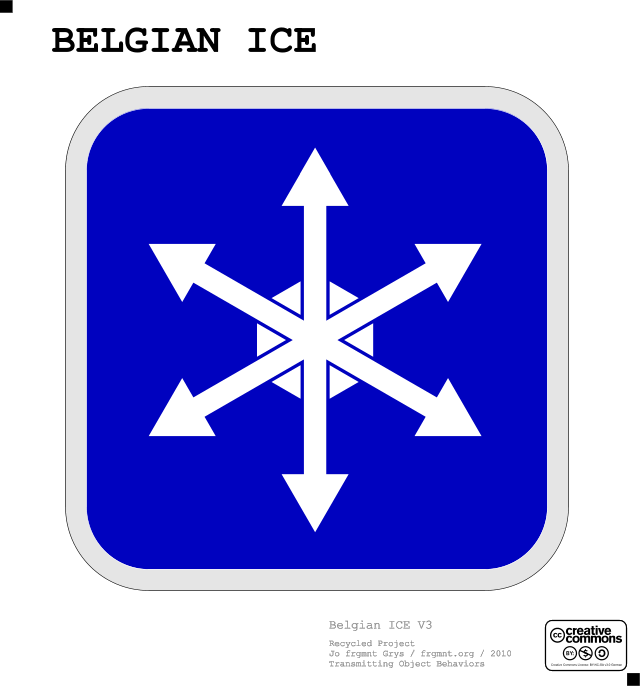
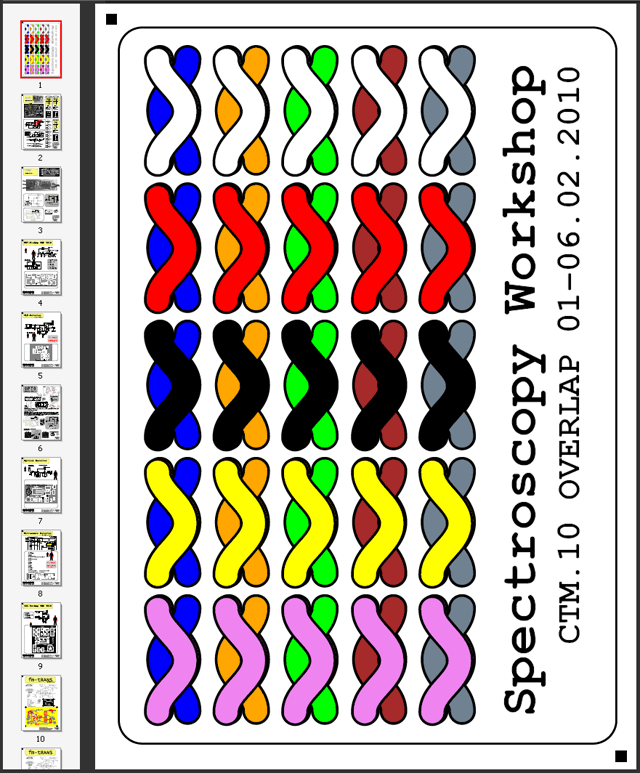

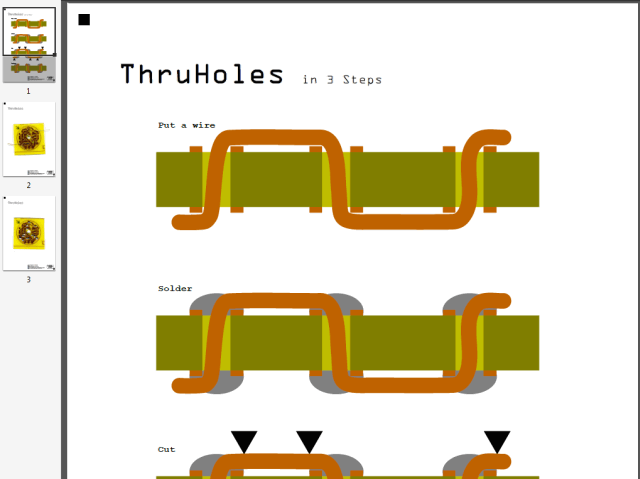
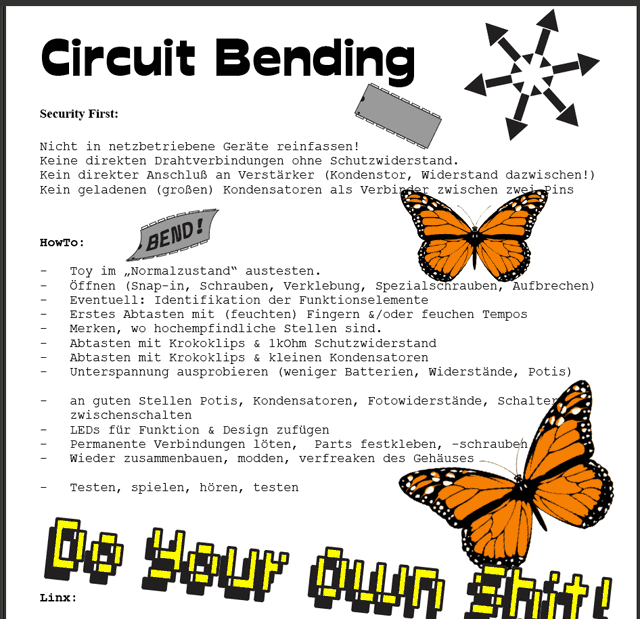
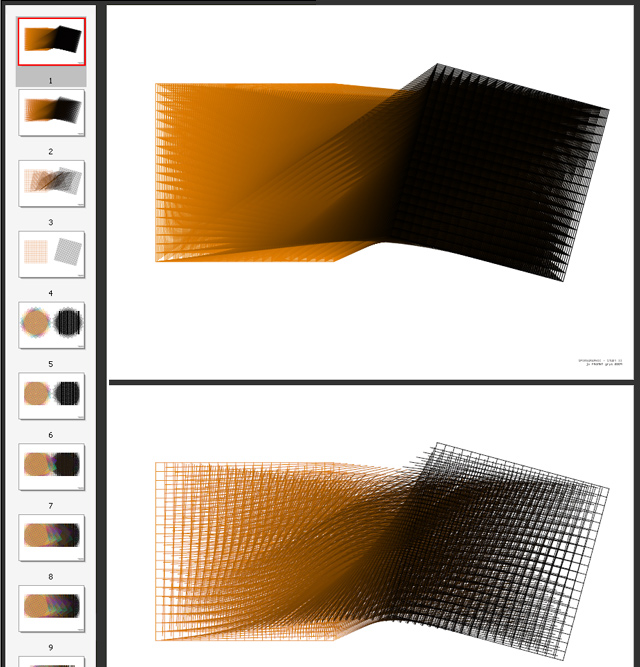

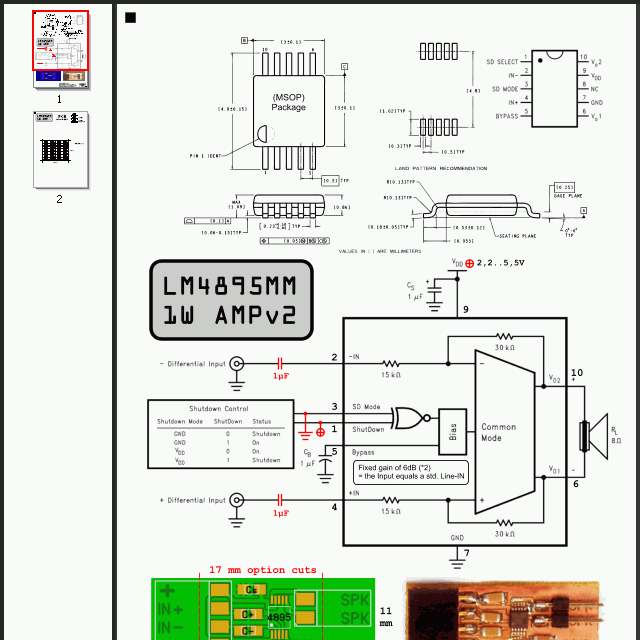
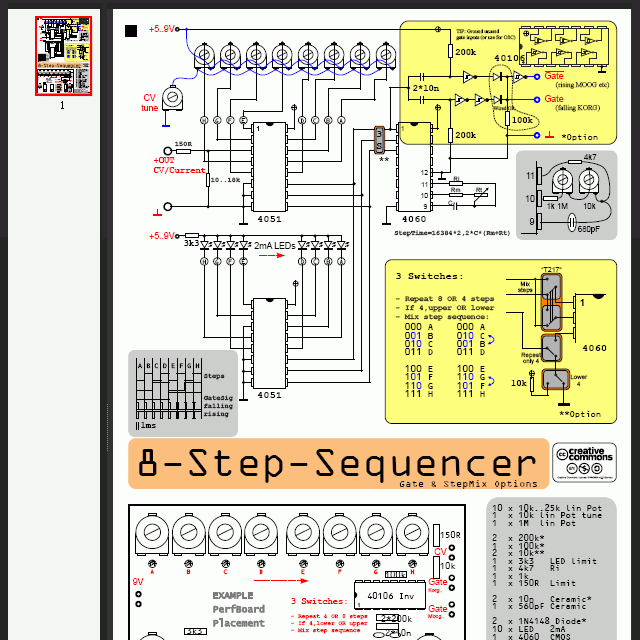
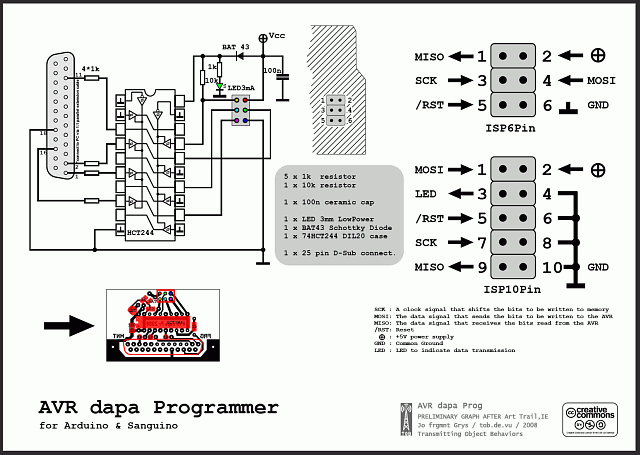

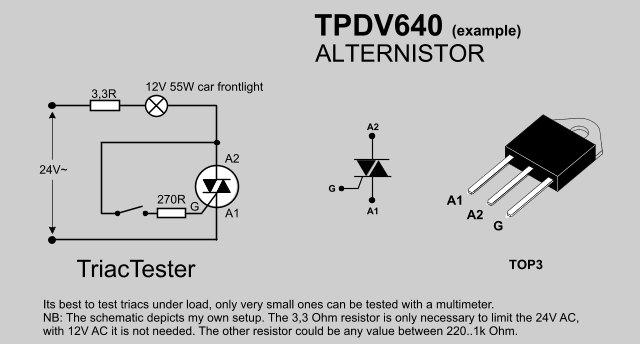
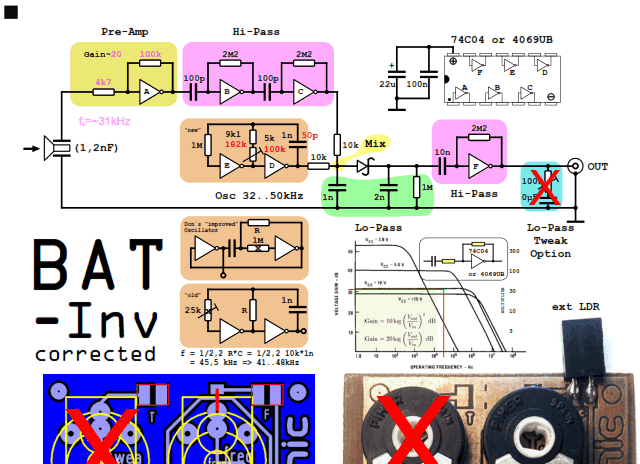
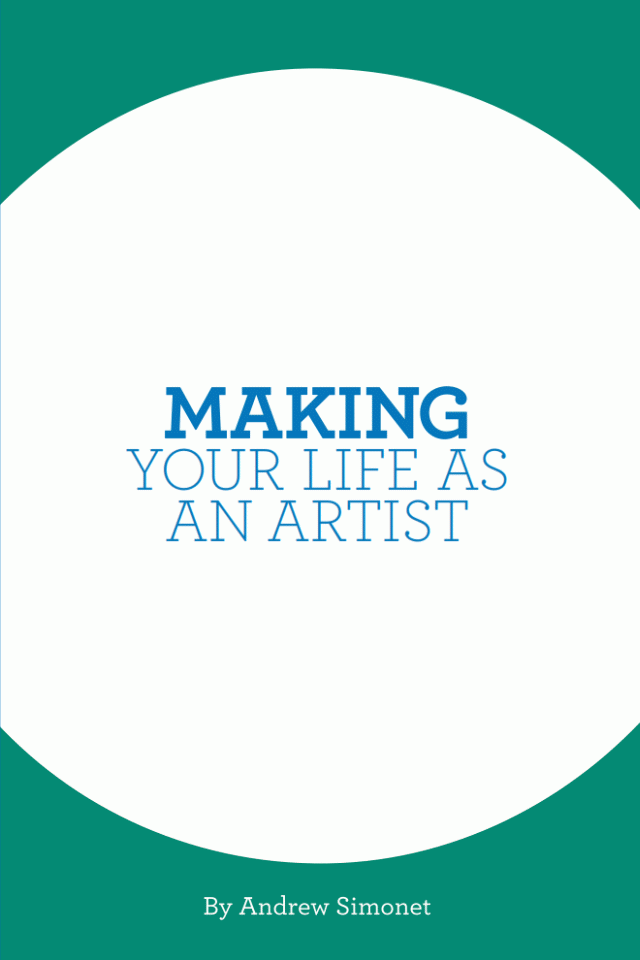
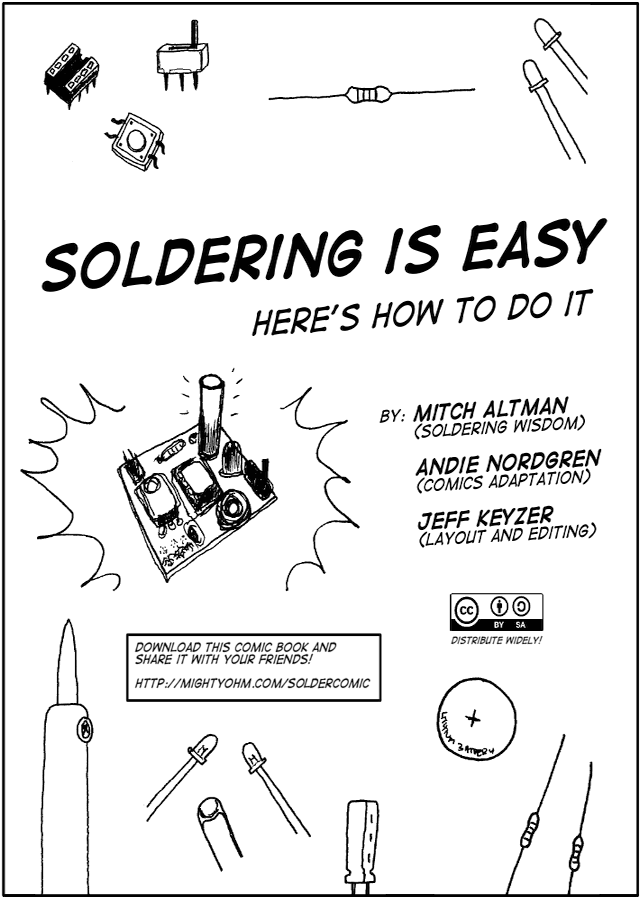

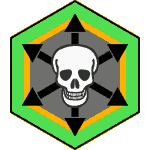
great post, thanks for sharing
Comment by Daniel — 17 December 2010 @ 15:52
uber cool
thanks for sharing ! !
Comment by pin — 14 May 2014 @ 09:43